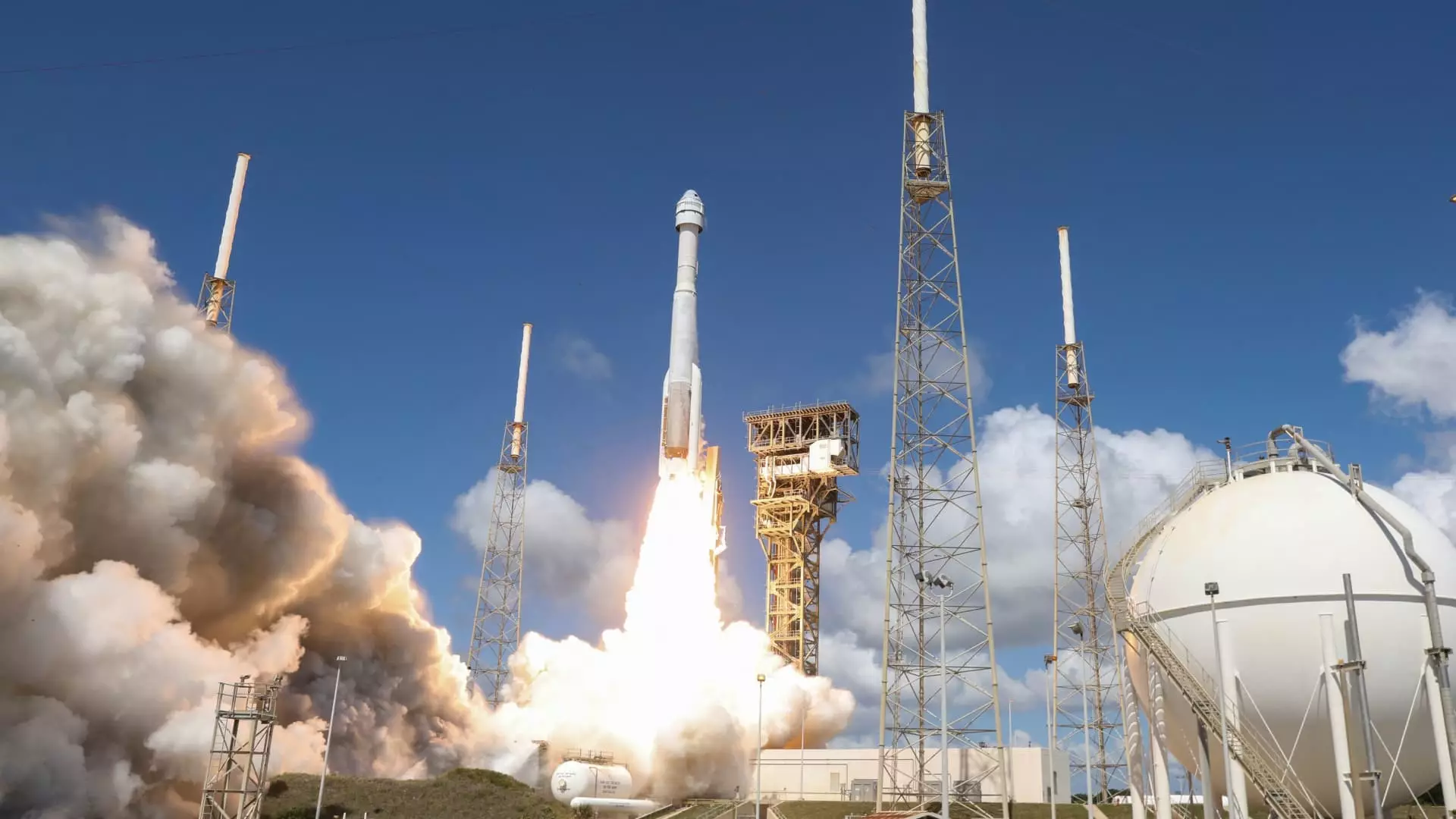Boeing’s Starliner, a human-grade space capsule, was developed to transport astronauts to and from the International Space Station as part of NASA’s Commercial Crew Program. This initiative, which began in 2014, aimed to involve the private sector in the space travel industry. Boeing was one of two companies selected by NASA, receiving a $4.2 billion contract, while SpaceX was awarded $2.6 billion for its Crew Dragon capsule.
Despite high expectations, Boeing has faced numerous challenges in delivering on its commitments under the Commercial Crew Program. The company has struggled to complete the six missions it was contracted to fly with NASA, resulting in significant delays and cost overruns. Out of the nearly $5 billion allocated to Boeing for the development of the Starliner, $1.5 billion has already been spent to cover these delays.
In contrast to Boeing’s difficulties, SpaceX has achieved notable success in the space travel industry. The company has completed more than a dozen crewed missions since 2020, including missions for both NASA astronauts and private individuals. SpaceX’s Crew Dragon capsule has proven to be reliable and efficient, showcasing the capabilities of the private sector in space exploration.
The challenges faced by Boeing in the development of the Starliner highlight the complexities of space travel and the importance of efficient project management. The company’s struggle to fulfill its obligations under the Commercial Crew Program serves as a valuable lesson for future endeavors in the space industry. It underscores the need for rigorous planning, effective execution, and timely delivery in order to succeed in such a high-stakes environment.
As Boeing works toward completing its final test mission for the Starliner, the company faces a crucial juncture in its partnership with NASA. The successful completion of this milestone crewed mission is essential for NASA to certify the Starliner for operational missions. Moving forward, Boeing will need to address its past setbacks, streamline its processes, and demonstrate its ability to meet its commitments in order to regain confidence and secure its position in the space travel market.


Leave a Reply